I’ve always been intrigued by the idea of getting to understand one camera so well that it becomes an extension of oneself. Thus, some years ago, I set out to find this mythical perfect SLR. My forever camera, which I could take with me on all my photographic endeavours. I knew if had to be mechanical, and be compatible with a large catalogue of lenses, whilst being robust and reliable.
During my search I considered many possibilities. Starting at first with a gently used Pentax K1000. I loved that camera dearly. Sadly I had to part with it when my cash ran out and textbooks needed to be bought. The sad song every broke college student knows too well. Eventually I moved past Pentax’s K-mount cameras, for a time settling on their Spotmatic line.
I also took a brief stop over at Canon. Quite excellent for sure, yet not quite what I needed. Olympus had a chance to win me over with their OM-1. I also considered the Olympus Pen F, a half-frame camera. Both very beautiful cameras, however, the OM-1’s operation was to unconventional for me, and I just couldn’t make half-frame my primary format.
Eventually, perhaps inevitably, I arrived at Nikon. Specifically the Nikon FM, which turned out to be the most perfect SLR I could ever imagine. Striking just the right balance between too much and too little.
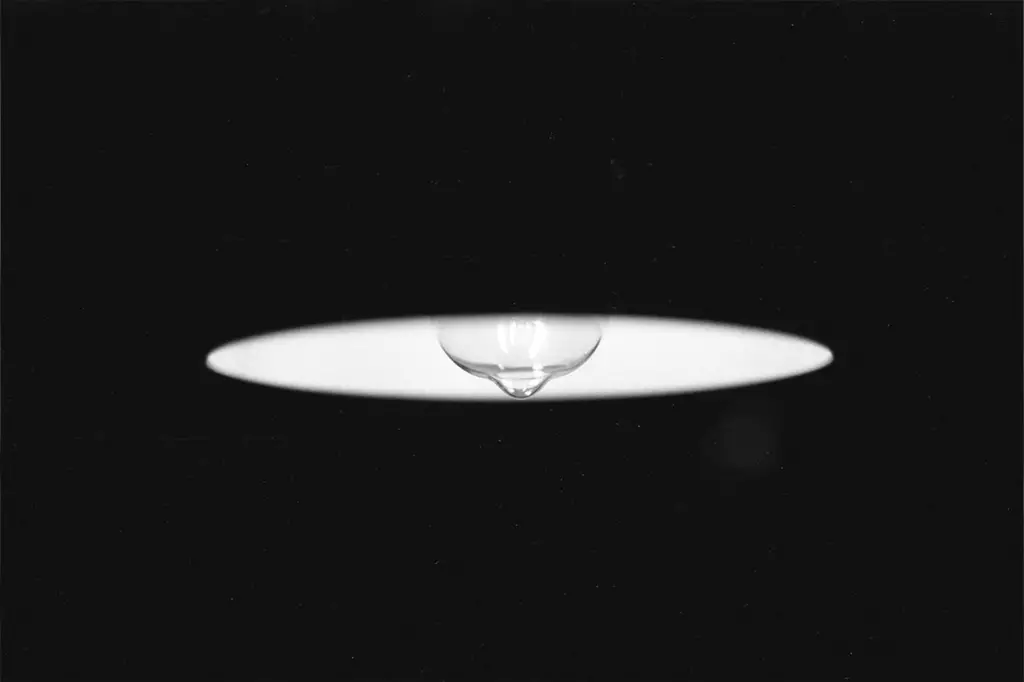
I’ve become somewhat tired of hearing such heavily recycled superlatives as “bullet-proof”, “built like a tank”, and “rock solid”. Even if these could accurately be used to give an impression of how the Nikon FM feels in hand, I find them to be tired clichés. So, I’ll sidestep them. Instead I shall attempt to convey the sturdiness of this camera through a different illustration. A word that springs to mind is meteoric. That is to say, should an FM ever drop from the sky, I would expect it to survive the intense stress of atmospheric reentry while remaining fully functional the entire time and indefinitely there after.
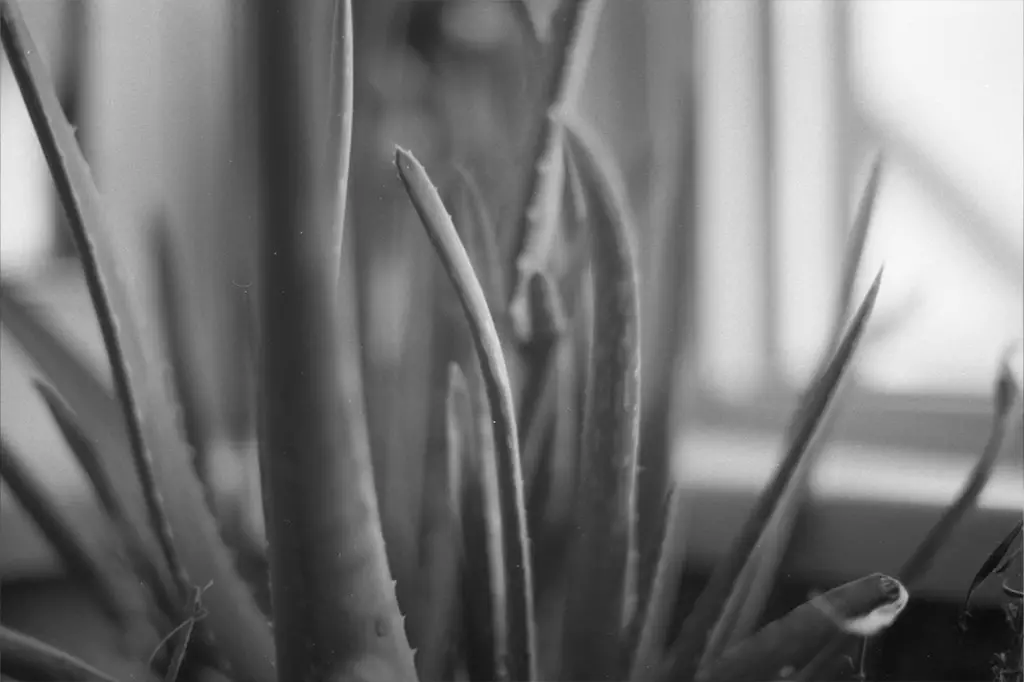
A robust construction was only my first condition. Among the other requirements was a compatibility with a large catalogue of high-quality lenses. Nikkor. Need I say more? In all seriousness, Nikkor lenses are among the best on earth, and in outer-space (ask NASA). The catalogue of lenses with which the FM may be used is larger than many of it’s f-mount compatriots thanks to the cleverly designed ai tab. This tab is normally needed for communicating the aperture setting to the light-meter when using mechanical Nikkor-ai lenses. On the FM it may by used, or folded away for native compatibility with non-ai lenses. Very few Nikon SLRs have this fold-away tab, not even the later successors to the Nikon FM do.
There were also a few “nice to have” features that I didn’t want to do without on my main camera. Such as an automatic timer, which in this case has a mirror lock-up built in, so win-win. A locking shutter release, film is dam expensive, wastage is unacceptable. A reliable light-meter that operates on modern batteries. All included with the FM. Some features that I didn’t look out for, yet may some day come in handy, come included too. Compatibility with a motor-winder. A double exposure mode. Hot shoe and a flash-sync ports, both of which sync at 1/125 sec. thanks to a vertical, metal focal-plane shutter courtesy of Copal.
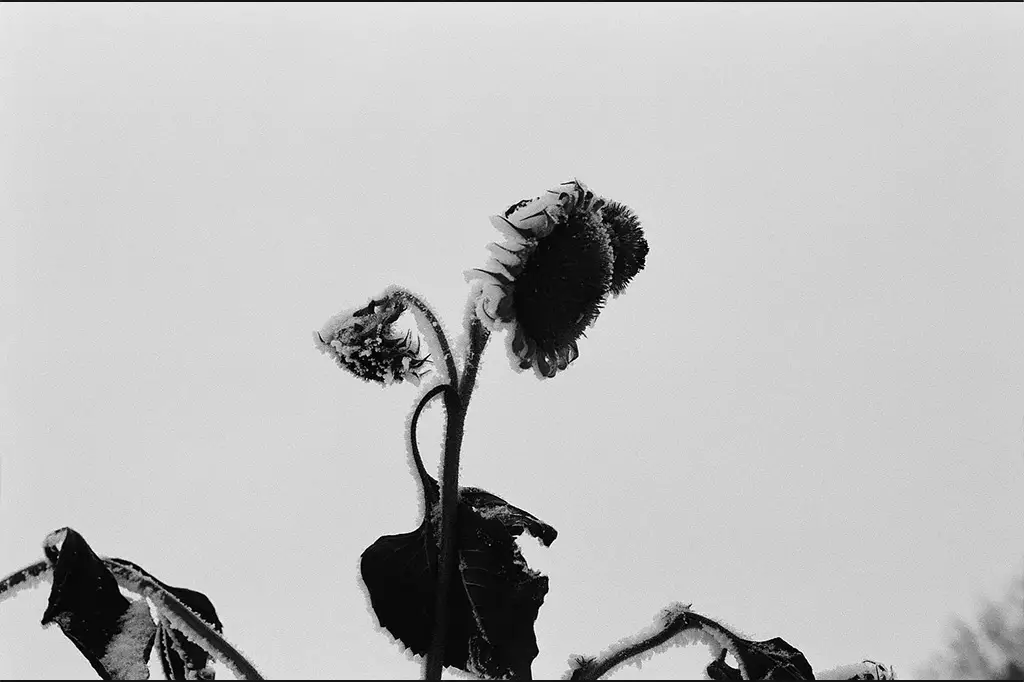
Of course, a camera with all the right features but the ergonomics of a brick would make a poor case for the title of “perfect SLR”. Fortunately the Nikon FM hits the mark here too. It’s neither the lightest camera, nor is it the heaviest. It weighs enough that it inspires a confident and stable grip; invaluable when slow shutter speeds are needed and abstract art isn’t the end goal. It’s also light enough that you don’t need the neck muscles of a fighter pilot to carry it all day. While it may not be the smallest SLR ever made, in my hands it sits perfectly. Any smaller and it would be uncomfortable, any larger and it would be too cumbersome to use everyday. All the controls are just where I’d want them to be, easily reachable without needing to strain.
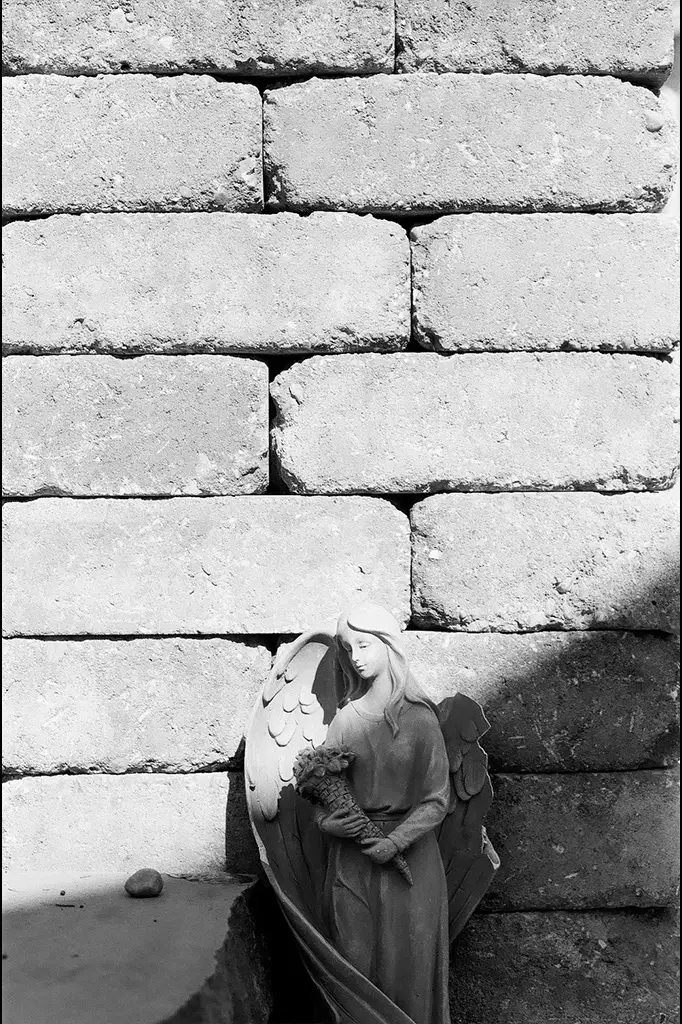
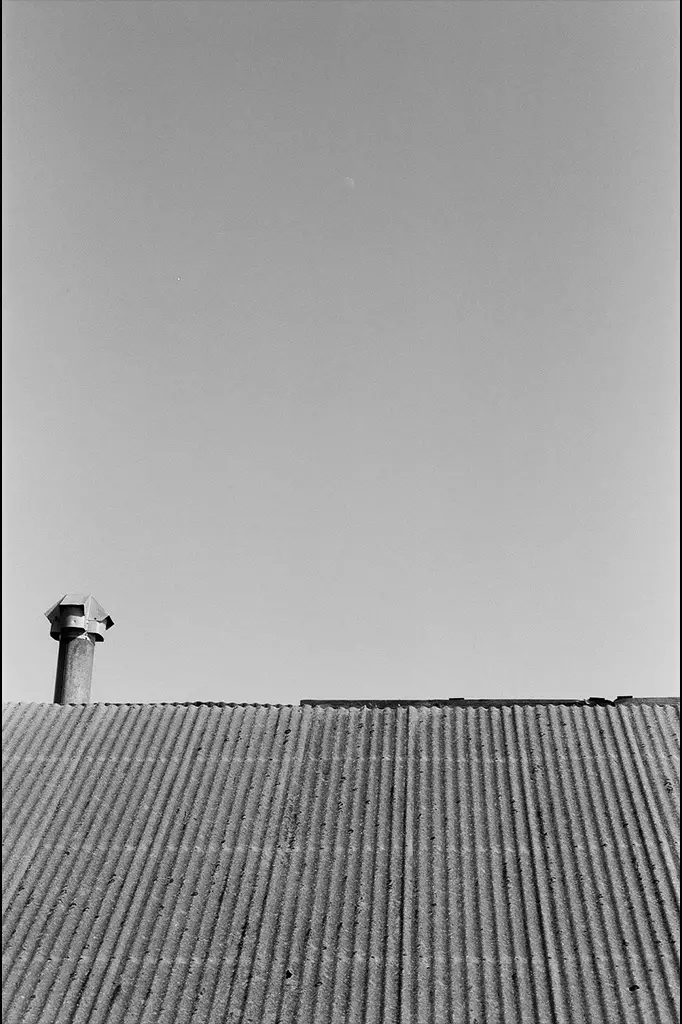
In summary, the Nikon FM is a great camera. A perfect package that I have happily made my main camera. It has every feature I could possibly wish for in an SLR, packaged in a simple, aesthetically pleasing, rugged body compatible with many different lenses. I’ve owned the camera for the better part of a year now, and slowly, as operating it becomes engrained in my muscle memory, it’s becoming what other cameras I’ve tried couldn’t: the camera that I know well enough to call it an extension of my being.
Thank you so much for reading!
You’re more than welcome to look me up on my website, YouTube or Instagram.
Share this post:
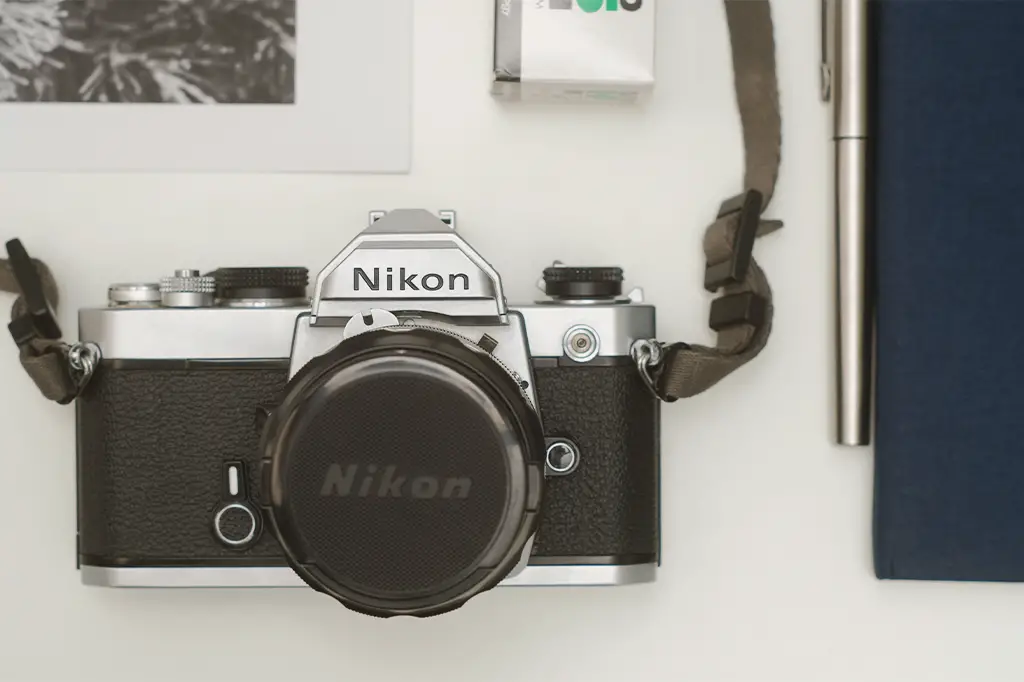








Comments
Paul Quellin on Nikon FM and How it Became my “Do Anything” Camera
Comment posted: 09/10/2023
Julian Tanase on Nikon FM and How it Became my “Do Anything” Camera
Comment posted: 09/10/2023
Art Meripol on Nikon FM and How it Became my “Do Anything” Camera
Comment posted: 09/10/2023
Bill Brown on Nikon FM and How it Became my “Do Anything” Camera
Comment posted: 09/10/2023
My camera with power winder and speed finder plus an 80-200 was attached to my Manfrotto tripod at a height of about four feet. I had adjusted the legs for an uneven ground location and had just finished my shot when someone walked up behind me and spoke to me. I had moved my camera and tripod out of it's uneven location and turned to see who it was. It was in this moment of inattention to my camera equipment that a strong gust of wind blew through and out of the corner of my eye I could see it all falling forward towards the concrete. I reacted immediately but it was too late. The lens and camera smashed into the concrete walk with considerable force. I remained calm and spoke with the man who had walked up behind me. After he left I surveyed the damage and wondered if this was the end of our working relationship. When I got home I had considerable work getting the destroyed lens unattached from the mount ring but nothing appeared out of alignment. I attached another lens, no indication of a bind as I rotated it on the mount ring. Other than a trashed lens the F1-n survived unscathed.
We are closer than ever now as we approach forty years working together. I really do consider this camera to be an extension of myself. Hopefully you'll feel that way about your Nikon in about forty years.
Mark on Nikon FM and How it Became my “Do Anything” Camera
Comment posted: 09/10/2023
I've had my fm from New in 1978.
I'm not one to wrap things in cotton wool, it's travelled all over the world with me, fallen 100m only replaced the light seals, and it's all working as well as ever.
Bradley Newman on Nikon FM and How it Became my “Do Anything” Camera
Comment posted: 09/10/2023
Comment posted: 09/10/2023
Sergio Souza on Nikon FM and How it Became my “Do Anything” Camera
Comment posted: 10/10/2023
Daniel Castelli on Nikon FM and How it Became my “Do Anything” Camera
Comment posted: 10/10/2023
The FM rocked the photo world in the late 1970’s. I traded my worn Nikon F toward the new camera. The pre Ai lenses paired nicely with the movable metering tab.
The FM was traded up to a FE2. I converted over to the Leica M about 25 years ago. Sold off the Nikon gear except for the FE2 and the 55mm micro-Nikkor f/2.8.
The FM body is almost identical in size to my M2. About the same weight. There is no duplication of gear between the two brands. They each fill a distinct need photographically.
I think Nikon should reintroduce the FM3A as their sole 35mm film camera.
fj@affin on Nikon FM and How it Became my “Do Anything” Camera
Comment posted: 16/10/2023
It's tough! Survived the deserts of Northern Kenya and Somalia, the humidity of Bangkok, Jakarta and Sulewasi, Nicaragua the freezing cold of Sable Island in winter. Only once it locked up in about -40 but, with some gentle handling was back to life in no time.
You might guess. I love my FM2. It's staying with me forever and a day.
Richard on Nikon FM and How it Became my “Do Anything” Camera
Comment posted: 29/10/2023